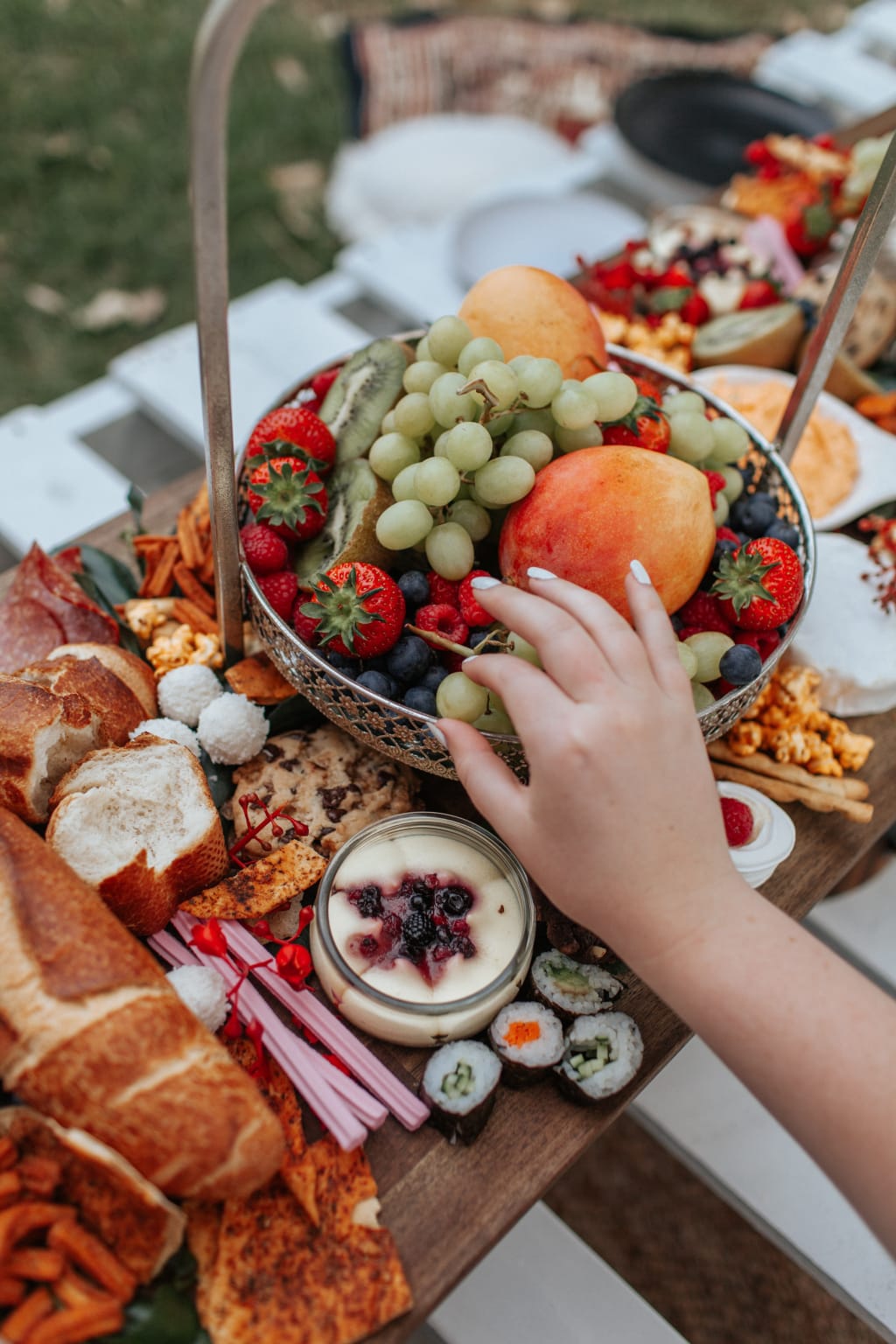Foods of Russia
In short, Russian cuisine can be divided into four main eras:

In the medieval period most Russian beverages turned national: mead, khmel, kvass, cider. Beer appeared in 1284. In 1440-1470s Russia discovered vodka made from rye grain. Until the 17th century milk and meat were not popular. Meat boiled in shchi (cabbage soup) or for kasha was not even roasted until the 16th century.
Old Moscow cuisine (17th century):
Starting with Peter the Great, Russian nobility borrowed some of West European culinary customs and traditions. Rich nobles who visited countries in Western Europe brought foreign chefs with them to expand their repertoire. It was at this time that minced meat was introduced into Russian cuisine: chops, casseroles, pates and rolls became quite popular, along with non-Russian (Swedish, German, French) soups, which appeared in the 17th century: solyanka, (beef soup) and rassolnik (potato and pickle soup) containing brines, lemons and olives appeared at the same time and were happily integrated into the cuisine. It was during this period that such well-known delicacies as black caviar and salted, jellied fish appeared.
In the 16th century Kazan and Astrakhan Khanates along with Bashkiria and Siberia were annexed to Russia. New food products such as raisins (grapes), dried apricots, figs, melons, watermelons, lemons and tea made their first appearance, much to the delight of the populace. During the short growing season, even poor farmers could enjoy a variety of fresh fruits, along with drying them for the long winter months. Foreign chefs cooked their national dishes, which harmoniously fitted in Russian cuisine. There was also the time of German sandwiches, butter, French and Dutch cheeses.
Petersburg cuisine (end of the 18th century-1860s)
The French expanded the assortment of starters by adding a number of old Russian meat, fish, mushroom and sour vegetable dishes the variety of which can be a surprise for foreigners. Because cold weather could last as long as nine months in some regions, preserved foods were a large part of Russian cuisine, and households would store as much food as possible to last through the long winters. This included smoking, salting, soaking, and fermenting. Cabbage could be used all winter to make shchi, or be used as a filling for dumplings. Soaked apples were often served to guests or in some side dishes. Pickled cucumbers were a main ingredient in many dishes, including several traditional soups. Salted and dried meat and fish were eaten after religious and pre-holiday fasts. Overall, it was a pretty spartan diet, with most economic groups using what was available.
Traditional Russian foods are heavily influenced by filled dumplings, hearty stews, soups, potatoes and cabbage:
+Borscht one of Russia's best-known foods, a chunky, cold stew made with beets and topped with sour cream
+Beef Stroganoff - strips of beef sauteed in a sauce of butter, white wine, sour cream (called 'smetana' in Russia), mustard and onions; eaten either straight or poured over rice or noodles
+Sweet-and-Sour Cabbage - cooked in red wine vinegar, applesauce, butter and onions.diced apples, sugar, bay leaves
+Solyanka Soup - a hearty soup made from thick chunks of beef and/or pork, cooked for hours over a low flame with garlic, tomatoes, peppers and carrots
+Golubtsy.- Shredded or minced beef wrapped in cabbage and steamed/boiled until cooked; found all over Eastern Europe
+Olivie. - a kind of potato salad made with pickles, eggs, bologna and carrots mixed with mayo
+Blini - thin, crepe-like pancakes topped with savory or sweet toppings like minced beef, caviar, or apples
+Potato Okroshka.- cold soup made from buttermilk, potatoes and onions, garnished with dill; Vichyssoise (often attributed to the French, it was actually created at the Ritz Carlton in NYC in 1917 but of course disputed by French chefs, who insist they created it)
+Knish - mashed potatoes, ground beef, onions and cheese filled inside thick dough pastry and deep fried/baked
+Khinkali - dumplings of ground beef and cilantro
+Khachapuri - thick, crusty bread shaped like a boat and filled with a variety of melted cheese
+Zharkoye - a beef stew made with potatoes, carrots, parsley, and celery, spiced with garlic, cloves, and dill; served hot with sour cream
+Pelmeni - dumplings made from thin, unleavened dough, filled with minced meat, mushrooms and onions
+Shashlik - classic shish kebab
+Tula Gingerbread - similar to our gingerbread, but may contain jam or nuts
+Pirozhki - pastries filled with meat, potatoes, cabbage or cheese, similar to Polish pierogi
+Morozhenoe (rich ice cream); well hey... now you're talkin'
+Chak-Chak (Russia's attempt at funnel cakes... would we make that up?)
You'll notice a distinct absence of fresh vegetable salads, seafood, pasta and rice.They are just not part of their basic diet. And of course Russia is certainly not known for their desserts. Even Chicken Kiev is generally credited to several NYC restaurants who claim they created it, not to any native Russian chef or restaurant. (gee... you can't believe anything these days).
So next time you get a hankering for some borscht or a khinkali, you just may have to whip it up yourself. There is not a preponderance of Russian restaurants anywhere in the U.S. nor the desire for them. Few people think of blinis or knish when planning Sunday dinner. But who knows? You might just discover a whole new world of cuisine when you stick your toe in the Russian diet (oh dear, that didn't come out right). Go for it.





Comments
There are no comments for this story
Be the first to respond and start the conversation.